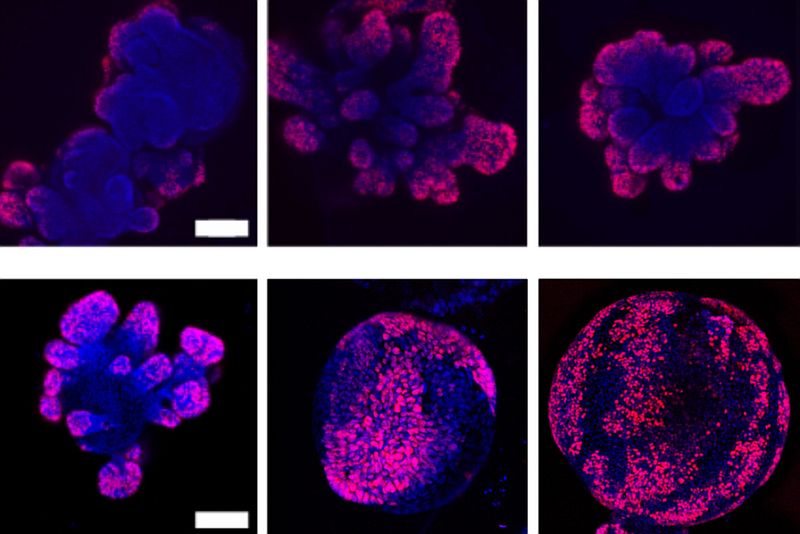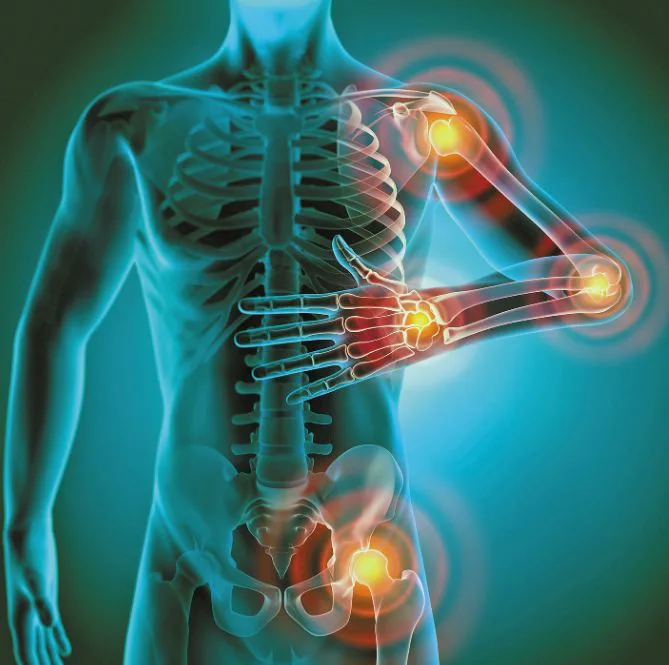
In an interesting finding, scientists at Massachusetts Institute of Technology and Boston Children’s Hospital have discovered that physically pressing microscopic intra-cellular structures together can trigger cells to grow faster. This phenomenon at microscopic level resembles the spread of things like ideas, interests and even infections within a close proximity of people.
Organisms that cause infections, tend to spread within community because more the number of hosts, higher will be the survival of organism. Similarly, when cells are made to jam together, there occurs a chance for interactions amongst the structures. And this interaction results in cellular health and development.
Squeezing leads to stemness
As per the researchers, when squeezing is done at intracellular level, like every other structure, certain proteins happen to reach at close proximity. And this triggers cell into activating a particular set of genes.
Researchers observed that when pressure is applied to intestinal cells, the effect triggered proteins to come together along a particular signaling pathway. Consequent upon which, the cells were able to maintain their stem-cell state.
What is a stem state?
Stem cells are those immature and unspecialised cells that have the potential to:
- divide itself to form similar cells (this generally helps in self renewal) and
- fabricate into various specialized cells and perform distinct functions.
Squeezing effect on cells
In order to observe the effect of pressure of cells, researchers placed various types of cells in solutions, which on solidification forms gel base slabs (of hydrogel). Followed by placing small amount of weights on them.
Weights in form of a quarter or a dime were placed to create the squeezing effect. With the help of confocal microscope, the team observed the expected change in the cell shape.
Researchers spotted two observations with the cells that we being placed under the external pressure:
- stiffness in the overall structure of the cells and
- less movement at intra-cellular level

The outcome suggested that contents within the cells were densely packed than the usual.
Further, they scanned to check if there were any alterations in the interactions between a particular set of proteins within the cells, an after shot that could have initiated after being “squeezed”.
Researchers specifically looked for the Wnt /β-catenin signaling pathway as it is responsible to make a cell behave more like a stem cell.
They observed that proteins in charge of Wnt pathway had come to close proximity and consequently, has a higher chance to initiate the pathway and its growth-regulating genes.
The upshot
In order to be sure of the outcome, researchers grew half millimetres of cells harvested from the colon, also known as intestinal organoids in different petri dishes. Followed by external pressure by placing them with polymers.
As expected, there formed a layer of freshly grown stem cell on the surface of “squeezed” organoids relatively. Thus, demonstrating the study that jamming cells together directly impacts the growth of an organoid.
Takeaway
Stemness that is the result of squeezing could be directly employed in developing tiny artificial organs. And it could also lead to
- study and understand organ functions
- test drug delivery and host response
- effect of implants and transplants
- potential for regenerative medicine
Additionally, cell-based therapies could help in areas where there are limitations in the existing delivery approaches.



